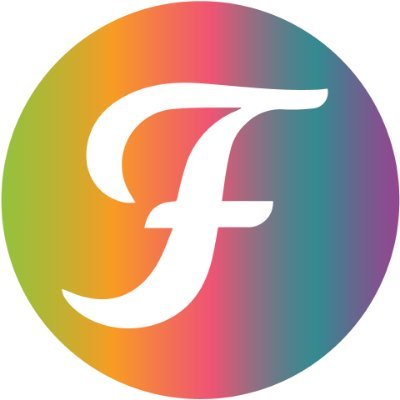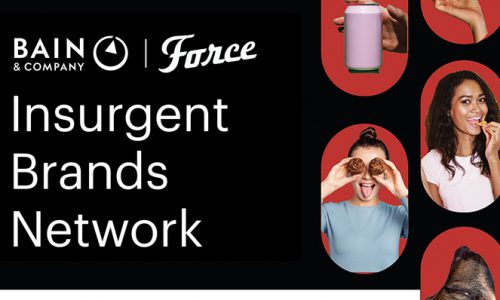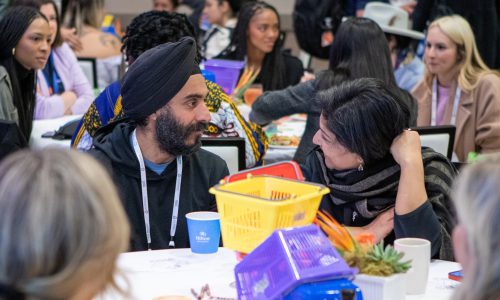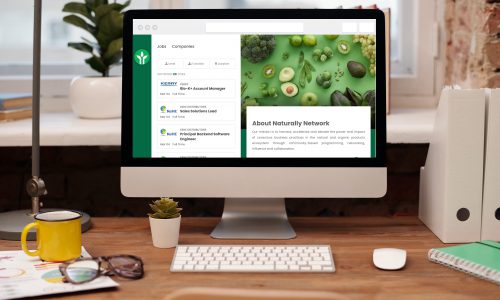When it comes to leadership roles, women are often underrepresented. Nowhere is this more apparent than in the workplace where it’s estimated that it will take more than 200 years to close the gender gap and achieve gender equality.
While the representation of working women at the highest leadership level — on corporate boards — continues to increase over the years (women account for 12 percent of board seats worldwide), the number of women leading these boards still remains low (women account for 4 percent of chair seats), according to a 2015 global analysis of 49 countries by Deloitte. In the U.S., initiatives like 2020 Women on Boards — a national campaign to increase the percentage of women on company boards to 20 percent or greater by 2020 — have gained momentum as women’s leadership continues to make progressive strides.
We recently caught up with Cassie Nielsen, the Vice President of Talent at VMG Partners, who works intimately with founders and leaders of branded consumer product companies on their Talent and People strategies. Nielsen is not only a leader in her industry, but is an active participant on advisor- and director-level boards at different organizations.
Read on to learn about her experiences and why more women should be empowered to take on more leadership roles and seats at the boardroom table.

ForceBrands: Let’s first chat about your background. How did you end up at VMG Partners — which works with brands such as babyganics, Drunk Elephant, Humm Kombucha, Justin’s, KIND, Nature’s Bakery, Perfect Bar, Pirate’s Booty, Pretzel Crisps, Quest, Spindrift, Stone, SunBum, and Vega to name a few — managing talent?
Cassie Nielsen: My passion for talent management and CPG led me here. My love for people initiatives though was a slightly more unintentional discovery. When I joined Goldman Sachs in one of their newest offices, I was a female math major. They immediately pulled me into recruiting that was focused on both women and STEM. My interest in recruiting grew from that first experience. I became involved in training initiatives at Goldman and was asked to join their women’s leadership team. We realized that Goldman’s training program was phenomenal and we wanted to make that program more consistent for onboarding new hires. It wasn’t until I took a step back though when I realized I loved my job because of all those aspects and not because I shared a passion for capital markets. I then moved to San Francisco and joined executive search which was interesting because I realized I didn’t have to differentiate my love for women’s initiatives from my work — we were mostly working with venture capital backed firms that were demanding more diversity among candidates. At the time, we didn’t have a way of filtering our own database and so in the course of eight months, I helped them implement a legally sound way to track all the information pertaining to diversity among the 300,000 members of their database. VMG Partners ended up reaching out to me — not by design — and it was a dream job.
FB: What are some things that you’ve found surprising and rewarding about your current role?
CN: When VMG first reached out to me, I could not imagine a company like them wanting to talk to me so I actually referred the recruiter to someone else! When I look back, I can’t help but laugh… thankfully, since the final outcome wound up being positive. But this is an example of the classic “imposter syndrome” that so many women and minorities experience. It’s often noted that women apply to a job when they feel they meet 100 percent of the criteria of the job description, while men apply when they feel they meet 60 percent of the criteria. Sometimes the biggest thing holding us back is ourselves. At the time, I didn’t really believe I could be a competitive candidate. And since I had nothing to lose, it gave me this funny courage to put everything out on the table. I remember having a lot of conviction during my initial interviews about the responsibility recruiters have around diversity — don’t forget that women account for more than 60 percent of consumer spending. My passion for diversity and inclusion initiatives resonated strongly with VMG and they’ve been really supportive of my goals ever since, which has been most rewarding.
FB: Have you participated in other leadership initiatives outside of the workplace?
CN: I sit on a board of a nonprofit that focuses on human trafficking. I also serve in an advisory role for AllVoices, which is a platform similar to Glassdoor that offers anonymous reporting of bias discrimination and harassment in the workplace. The platform allows employees the ability to anonymously report harassment and bias issues they’re experiencing within the company. The most powerful aspect of AllVoices is that the company can then work on addressing and fixing the reported problems.

Cassie Nielsen speaks on a panel at ForceBrands’ 2017 HR Collective
FB: What inspired you to become a board member?
CN: I wish it was more designed, but it wasn’t. I joined because I was introduced by one of my fellow colleagues at Goldman who had started a nonprofit in West Africa. We had been working together on an environmental committee at Goldman and he asked if I’d like to be involved and I said, yes.
FB: Do you have any aspirations to sit on more boards?
CN: Potentially, but I’m not in any rush. In retrospect, it’s been really rewarding to sit on the board of this nonprofit but I don’t know that the organization was the best fit for me; the community that I’m serving is so far removed. I’m looking forward to taking these learnings and applying them toward my next move should I decide to sit on another board. What I like about AllVoices, where I serve as an advisor, is that it’s in a space I know well: women not having voices, gender discrimination, etc.
FB: Besides leading by example, what initiatives have you taken to encourage the progression of women’s leadership?
CN: I think the most effective thing I can do is to help people develop at the inflection point of their career where they’re about to be taking on more responsibilities. Right now, I’m launching a mentor program where I’m connecting individuals who are historically underrepresented in our industry — women (particularly in Sales and Operations), ethnically diverse, LGBT, military and veterans, and disabled; and connecting them with the most accomplished leaders in our industry. And then I’m adding enough structure to the program to make the mentorship successful.
FB: Any tips or advice on how to create more effective mentoring programs?
CN: Internal (intra-company) mentor-mentee relationships are harder. I’ve found that inter-company programs can be a lot more effective. I do think connecting people from different companies proves to be a more valuable experience for all.
FB: Looking ahead in your career, what excites you most?
CN: In my role, I get the opportunity to help build the senior leadership teams of amazing organizations, but sometimes the most critical need isn’t at the most senior level. I love that our portfolio is small enough that I get to meet, interview, and develop individuals who are more junior in their careers. I am frequently speaking to Brand Managers or Directors of Quality, or Controllers or Regional Sales folks. And I can’t wait for the day that these folks — who I hopefully helped in advancing their careers — are running our brands one day.







